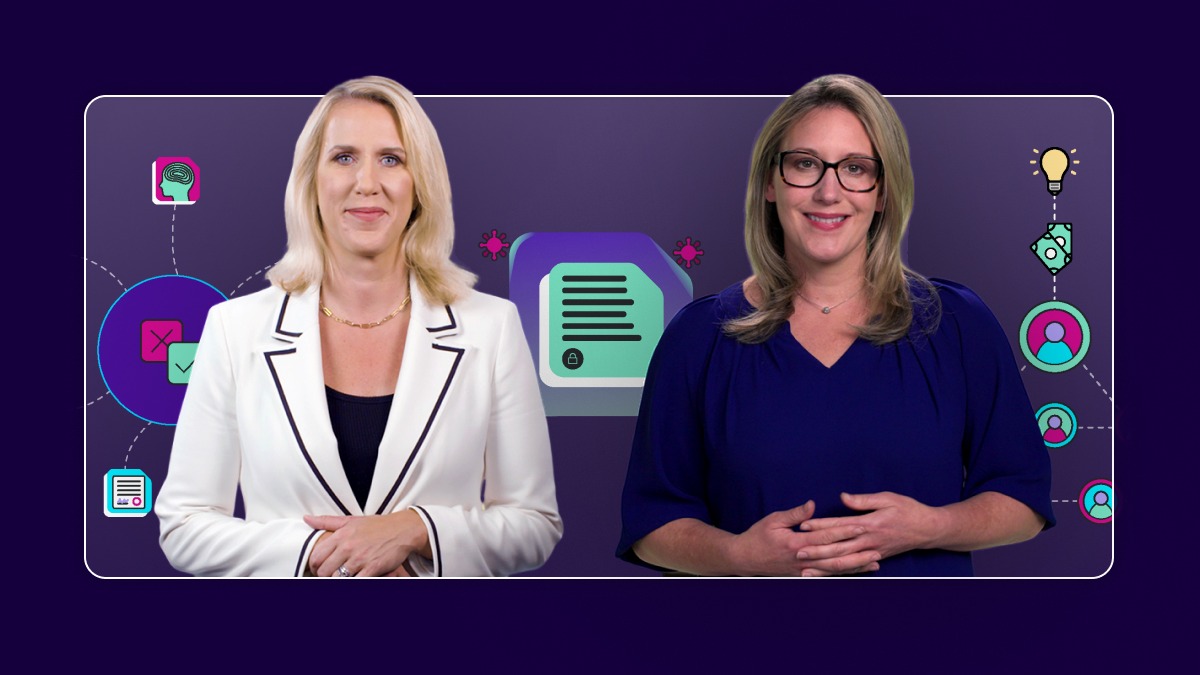guide
Are You Protecting Health Data Privacy?
5 min read
Share this doc:
Considering the implications of what data you collect and how you use it helps prevent your users from being exploited. To determine your preparedness to protect your users' health data privacy, first evaluate your current processes and systems. Then, prioritize the gaps you've identified.
Ask at least one other colleague to complete this evaluation and compare your responses.
Consent
Respond to each of the following to the best of your ability:
We collect express, informed consent from our users before collecting, processing, and/or sharing any data.
Indicate the priority level for addressing this gap:
When it comes to consent management, we default to opt-in collection and processing. The box to consent is unchecked by default and requires users to make an intentional choice to allow us to collect and process their data.
Indicate the priority level for addressing this gap:
Our consent process is clear and easy for users to navigate. We don't present users with a wall of text that is overwhelming to read or understand.
Indicate the priority level for addressing this gap:
Resources to Learn More
- Privacy Engineering > Systems > Consent Management
- Right to Opt Out Short Code
Minimization
Respond to each of the following to the best of your ability:
We only collect the data that is absolutely necessary for our product to function.
Indicate the priority level for addressing this gap:
Whenever possible, we use privacy enhancing techniques (PETs) like anonymization or tokenization to make user data less specific and identifiable.
Indicate the priority level for addressing this gap:
We take steps to measure the effectiveness of our efforts by using techniques like K-Anonymity or L-Diversity.
Indicate the priority level for addressing this gap:
Resources to Learn More
- Data Minimization Short Code
- Privacy Engineering > Systems > Data Sharing
- K-Anonymity: A Model for Protecting Privacy
Governance
Respond to each of the following to the best of your ability:
We classify data according to risk.
Indicate the priority level for addressing this gap:
We leverage automation to protect data at scale based on our classification and categorization.
Indicate the priority level for addressing this gap:
We maintain an up-to-date and detailed data map.
Indicate the priority level for addressing this gap:
Resources to Learn More
- Privacy Engineering > Data Governance > Data classification
Storage & Protection
Respond to each of the following to the best of your ability:
We have a process to audit our storage databases and processes to ensure our users' personal data isn't linked with other sensitive information.
Indicate the priority level for addressing this gap:
We store individualized data separately from aggregated data.
Indicate the priority level for addressing this gap:
We encrypt data at all stages: at rest AND in motion.
Indicate the priority level for addressing this gap:
We delete data whenever a user revokes consent, when the retention period has expired, or when its original purpose has been fulfilled.
Indicate the priority level for addressing this gap:
Resources to Learn More
- Privacy Engineering > Data Governance > Data Categorization
- Privacy Engineering > Systems > Data Sharing
- Privacy Engineering > Systems > Data Deletion
Access
Respond to each of the following to the best of your ability:
We operate under a least privilege model for accessing sensitive data.
Indicate the priority level for addressing this gap:
We require multi-factor authentication to access sensitive data.
Indicate the priority level for addressing this gap:
We monitor logs to determine who is accessing sensitive data.
Indicate the priority level for addressing this gap:
Resources to Learn More
- Privacy Engineering > Data Governance > Security & Privacy
Diligence
Respond to each of the following to the best of your ability:
Before we partner with any third parties, we conduct a privacy and security review to ensure our partners protect data at least to the same standard that we do.
Indicate the priority level for addressing this gap:
Our privacy policy outlines exactly what data we collect, how and why we process it, and any third parties we share or sell data to.
Indicate the priority level for addressing this gap:
Our privacy policy is written in clear language, not legalese.
Indicate the priority level for addressing this gap:
We are prepared to respond to official inquiries for user data from law enforcement.
Indicate the priority level for addressing this gap:
We have formalized and documented our process for responding to demands from law enforcement for access to user data.
Indicate the priority level for addressing this gap:
Resources to Learn More
- Quick Start: Privacy Policies
- Privacy Engineering > Data Governance > Data Sharing
- The Right to Remain Private Short Code
Next Steps
With an understanding of where your current tools and/or processes might fall short of protecting your users' health data privacy, create an actionable plan. Start with these three steps:
Make a list of gaps to address in order of priority.
Identify the person, team, or leader best suited to address each gap.
Make a plan with trackable, time-based goals to mitigate these gaps.

